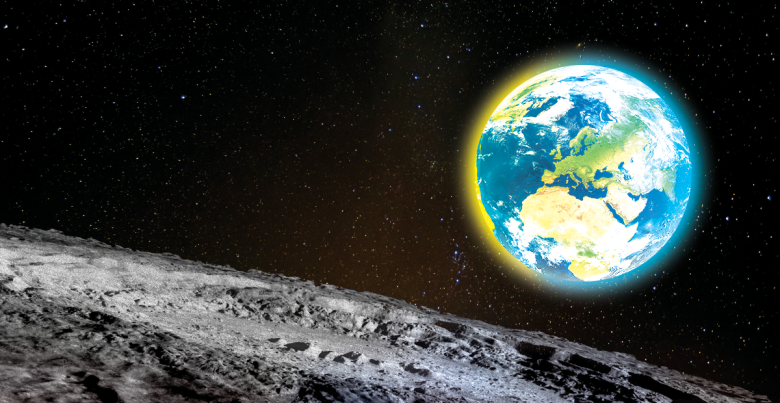What comes to mind when you think of space research? Perhaps American action movies and orange NASA jumpsuits. However, Ukraine also has its own outstanding space history. We have prepared a selection of interesting facts about the achievements of our scientists and astronauts for International Day of Human Space Flight and Ukraine’s Day of the Rocket and Space Industry Workers.
In 1929, the outstanding Ukrainian engineer Yurii Kondratyuk calculated the most energy-efficient route from Earth to the Moon, called the Kondratyuk Route (or LOR – lunar orbit rendezvous). Forty years later, his calculations were used to guide the first flight to the moon during the Apollo 11 mission. Now a century later, Association Noosphere held its Noosphere Space Summit in honor of Kondratyukand his discovery. The summit brought space industry experts together to share their thoughts on modern space exploration and their own work experience in this field.
The first object ever launched into space also has Ukrainian roots. Sputnik-1 was developed and launched in 1957 under the leadership of the famous Ukrainian scientist Serhii Korolyov.
On April 12, 1961, the first human flight into space took place. It was also made possible by Korolyov, who designed the first manned spacecraft. The event launched humankind into the Space Age.
The first Ukrainian-made satellite was launched into orbit in 1962. It was called Kosmos-1, was built to conduct research in the ionosphere, and was created in Dnipro. Dnipro designers had another triumph in 1985, when the Zenit-2 rocket developed by the Pivdenne Design Bureau was successfully launched into space.
Our achievements go beyond rocketry. Our scientists experimented with metals in space. In 1984, the first experiment on welding metals in outer space was conducted using a welding machine developed under the leadership of Boris Paton at the Yevhen Paton Institute of Electric Welding in Kyiv.
On August 31, 1995, Sich-1, the first satellite built by independent Ukraine, developed and manufactured in Dnipro, was launched. It reached orbit on a Ukrainian Zyklon-3 launch vehicle. This satellite was built to conduct observations of the Earth’s surface and conduct scientific experiments studying the ionosphere and magnetosphere.
In 1999, Ukraine launched a Zenit 3SL rocket from a floating platform. This event would become the basis of the Sea Launch project – a floating spaceport for launching rockets.
Year after year, the Ukrainian space industry has been making more progress. In 2012, the first launch of an ESA (European Space Agency) carrier rocket with a Ukrainian engine took place. In 2014, the first Ukrainian nanosatellite PolyITAN-1 was created at the Ihor Sikorsky Kyiv Polytechnic Institute.
The story of Ukraine in space is not only a matter of achievements from past decades It is still being written today. In 2021, NASA relied on the Gecko camera, built by the Ukrainian-South African Dragonfly Aerospace, on its DART mission to test an anti-asteroid planetary defense system. In 2022, Ukrainian entrepreneur and philanthropist and co-founder of the NGO “Association Noosphere”, Max Polyakov, purchased access to the GEOSAT network for Ukraine’s use, providing ultra-high-quality up-to-date satellite images.
2023 began with the successful launch by EOS Data Analytics of the first satellite of the world’s first agro-oriented EOS SAT constellation. EOS SAT satellites will help efforts to fight climate change and ensure food safety. EOS Data Analytics was founded by Max Polyakov in 2016 and was one of the first to join the patronage companies of the NGO “Association Noosphere”. The company’s specialists participate in our initiatives as mentors, judges, and speakers.
We are certain that there is so much more to be written in the story of Ukraine in space. A whole generation of future astronauts, designers, and engineers is growing up here. There are many more discoveries, new technologies, and flights to the stars ahead.
